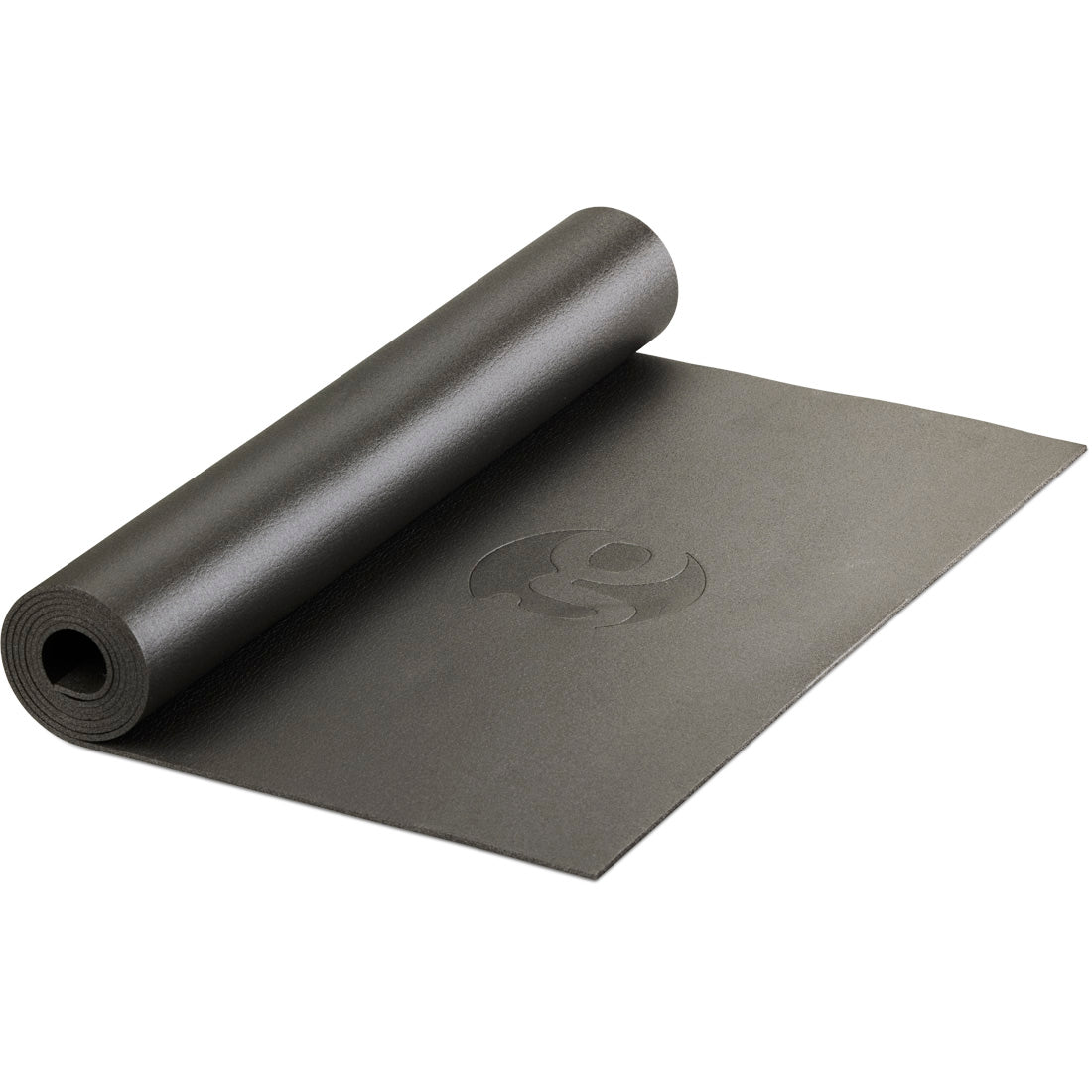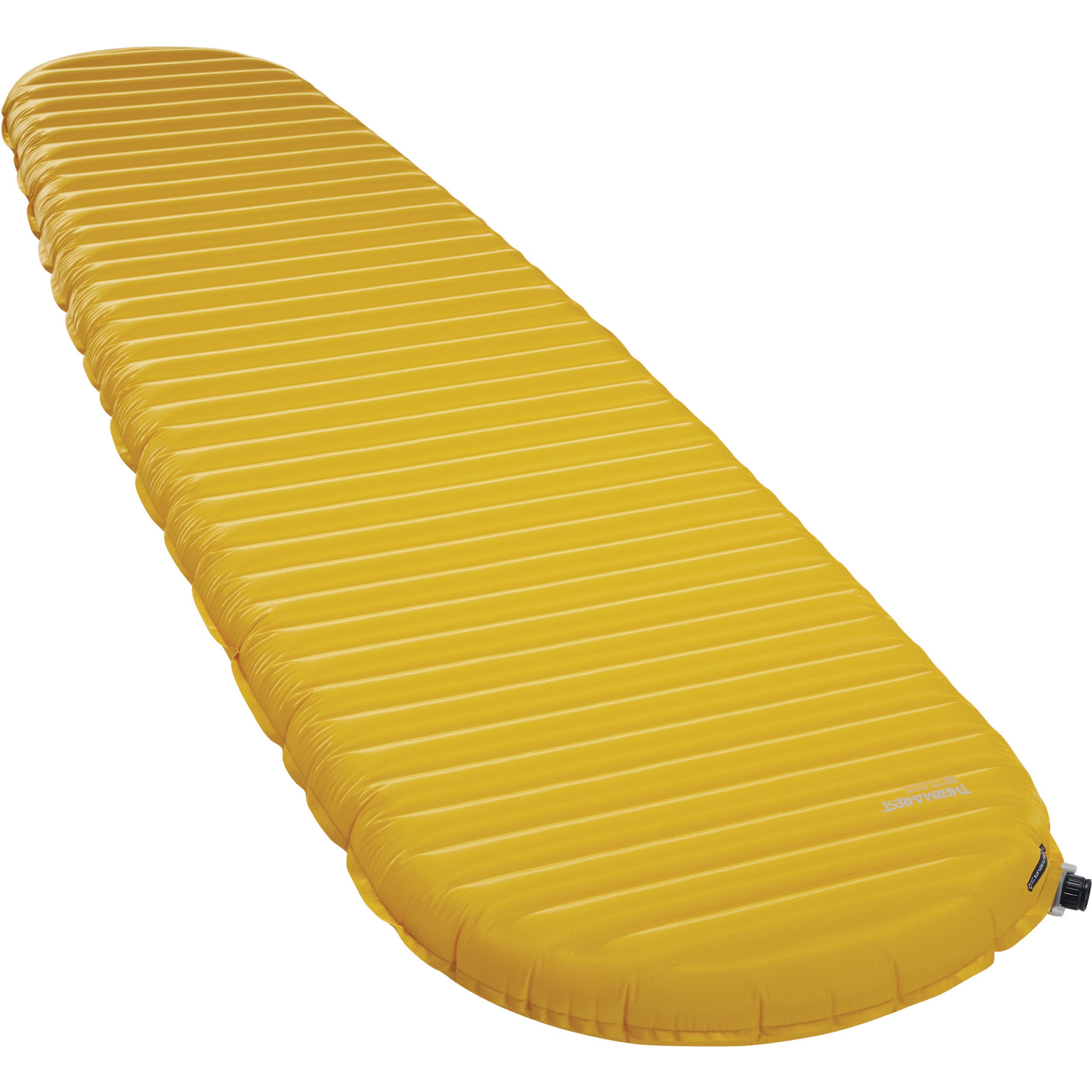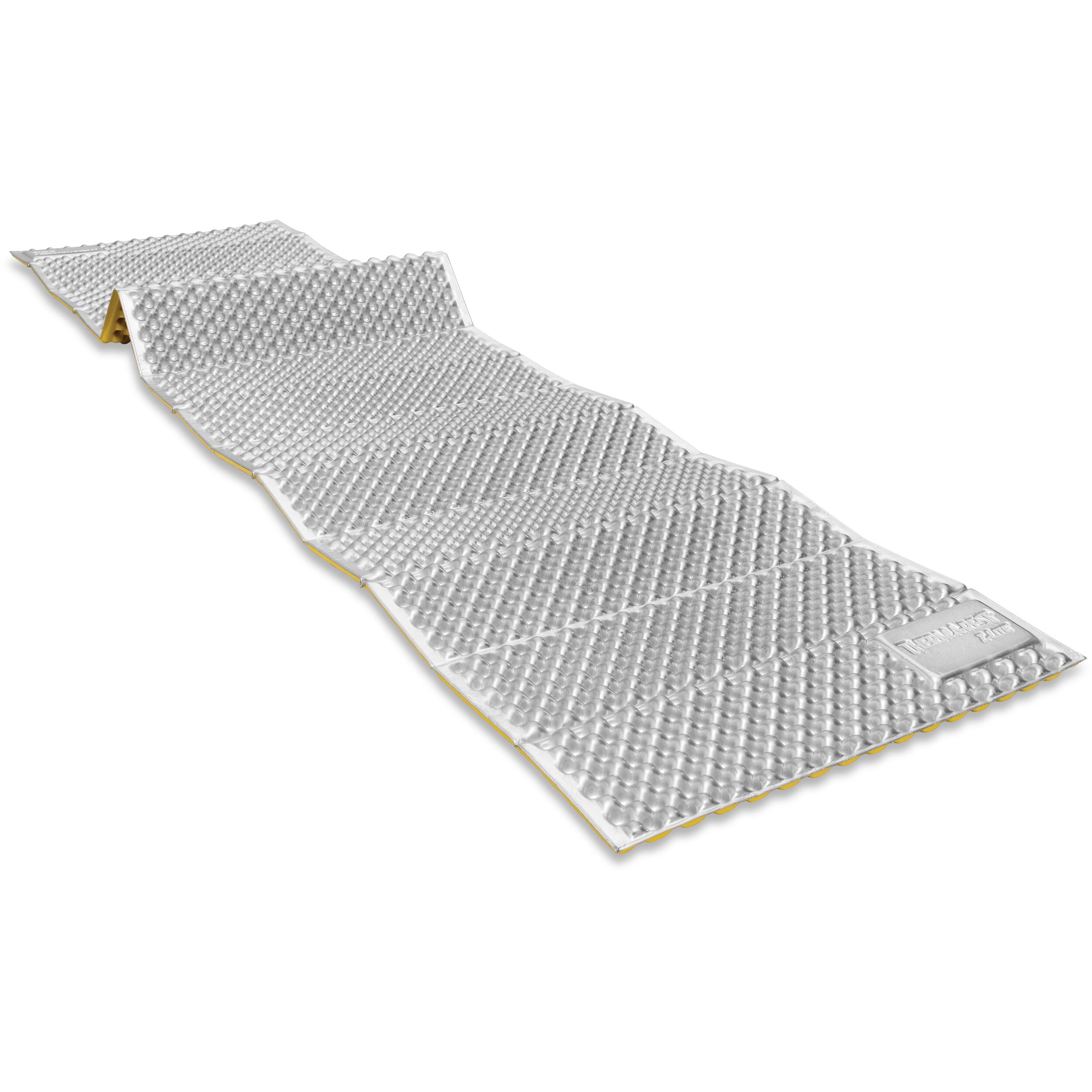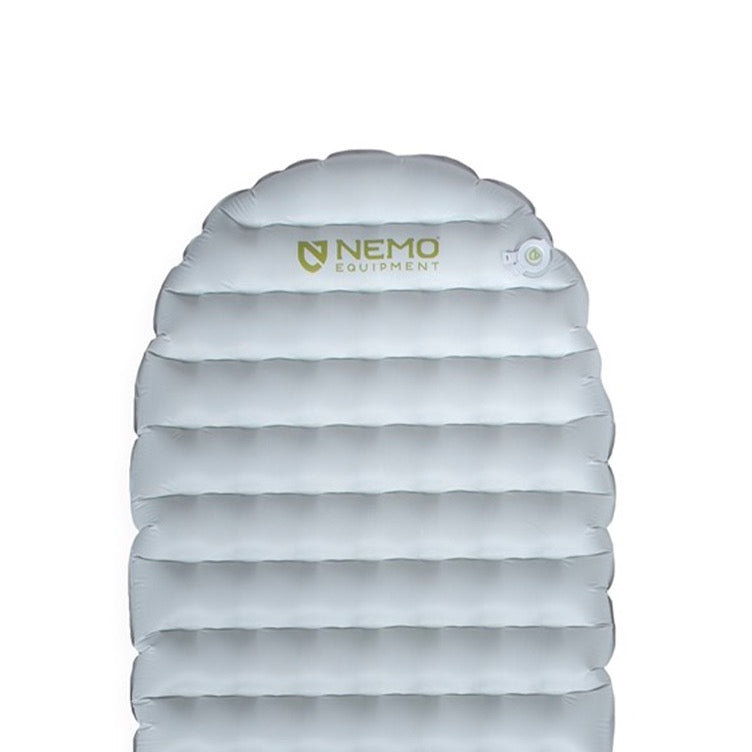Backpackers face an essential choice: foam or inflatable sleeping pads. Both have merits. Foam pads? Nearly indestructible, lightweight, zero setup time. But comfort? Minimal at best. Inflatable pads contour to the body, offering superior cushioning and insulation against cold ground. The catch? One tiny puncture and you're sleeping on dirt. The right choice depends on priorities—reliability versus comfort. And sometimes, in the wilderness, that decision matters more than you'd think.
When choosing a sleeping pad for outdoor adventures, campers face a critical decision: foam or inflatable. This choice isn't trivial. Your sleep system can make or break a trip, and nobody wants to wake up feeling like they've been wrestling rocks all night.

Inflatable pads win the comfort contest, hands down. With 2-3 inches of cushioned bliss, they contour to the body and help side sleepers avoid the dreaded dead arm syndrome. Foam pads? They're slim—less than an inch thick. Basically a yoga mat with delusions of grandeur. But some back sleepers actually prefer their firmness. Go figure.
When it comes to comfort, inflatable pads don't just win—they dominate. Side sleepers rejoice while foam enthusiasts make peace with glorified cardboard.
Temperature matters too. Inflatable pads bring impressive R-values of 3.5-4 or higher, making them the obvious choice for cold-weather camping. Foam pads hover around R-values of 2-3. Fine for summer nights, useless when frost appears. Nobody enjoys shivering at 2 AM.

Weight differences are minimal. Inflatable pads can be marginally lighter at 12 ounces versus foam's 14 ounces. But bulk? That's another story. Foam pads are stubbornly uncompressible. They're strapped outside backpacks like trophies of poor packing skills. Inflatables disappear inside your pack.
Durability is where foam shines. They're virtually indestructible. No leaks, no punctures, no midnight deflations. Inflatable pads? Temperamental prima donnas. One tiny thorn and you're sleeping on the ground, frantically searching for your repair kit by headlamp.
Setup couldn't be more different. Foam pads unfold instantly. Done. Inflatables require huffing and puffing, an unwelcome cardio session after hiking all day. At altitude? Good luck with that.

Foam pads multitask beautifully—emergency seats, makeshift splints, impromptu sleds. Versatility is their middle name. Some models like the Nemo Switchback even double as sit pads or yoga mats when you're relaxing at camp. Many experienced backpackers opt for a dual sleep system that combines both pad types for maximum comfort and backup protection.
The choice comes down to priorities. Comfort seekers and cold-weather campers gravitate toward inflatables. Those valuing simplicity, reliability, and immediate gratification choose foam. Either way, something's getting strapped to your pack. Choose wisely.







